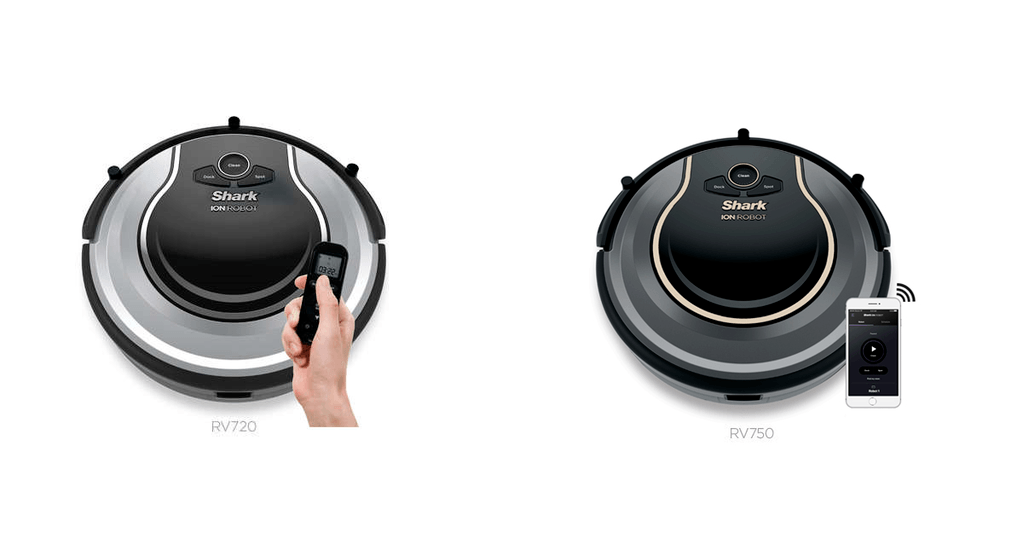In the world of robotic vacuums, you definitely have your share of choices. With every company claiming to be the best, it can be hard to choose. If you are new to the idea of having an autonomous vacuum, you may want to start with a more economical model. Shark Ion Robot 720 and 750 are reliable, less expensive models.
Which one is the best option for you? In this review, we will look at the differences and similarities between the two vacuums. We will compare them side by side and feature by feature. I will also answer your common questions and if you read through the entire article, you will find out why I believe the Shark Ion 750 is the better option.
Contents
Differences between Shark Ion Robot 720 and 750
Aside from a model number, these robotic vacuums are very similar. There are a few differences, however.
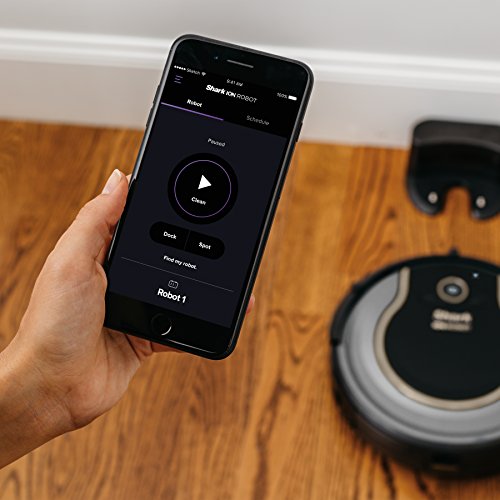
- The Shark 720 has a remote control that the Shark 750 does not have.
- Using Amazon Alexa, you can control the Ion Robot 750 with your voice but not the Ion 720.
- The Shark 750 has WiFi connectivity where the 720 doesn’t.
- There is a mobile app for control of the Ion 750 but not the Ion 720.
Similarities between the Two
The vacuum robots are identical in every other way. Here is a list of the most prominent similarities.
- They both have a clearance height of a mere 2.6 inches.
- Each of the models uses a lithium-ion battery pack.
- The Ion 720 and Ion 750 will automatically recharge when the batteries run low.
- You can create schedules, routines and cleaning cycles on both units.
- Both give you local control options on the robot itself.
- The Shark 720 and Shark 750 use magnetic strips to block access to certain areas.
- Each of the devices are rated for most floor types.
- They both utilize Smart Sensor Technology for mapping and navigation.
- HEPA filters are found in both units.
- The ability to spot clean is available on both the 720 and the 750.
Side By Side Comparison Chart
Let’s take a look at each of the robotic vacuums side by side to get a clearer picture.
| Shark Ion Robot 720 | Shark Ion Robot 750 | |
| Weight | 5.5 Pounds | 5.5 Pounds |
| Clearance Height | 2.6 inches | 2.6 inches |
| Cleaning Radius | 13 inches | 13 inches |
| Battery Type | Lithium-Ion | Lithium-Ion |
| Battery Run Time | 70 minutes | 70 minutes |
| Battery Charge Time | 3 hours | 3 hours |
| Automatic Recharge | Yes | Yes |
| Scheduling | Yes | Yes |
| Cleaning Cycles/Routines | Yes | Yes |
| Local Control | Yes | Yes |
| Remote Control | Yes | No |
| Mobile App | No | Yes |
| WiFI Connectivity | No | Yes |
| Cleaning Pattern | Sporadic | Sporadic |
| Hard Floor Rated | All | All |
| Carpet Rated | Low Pile Only | Low Pile Only |
| Side Brushes | 2 | 2 |
| Containment Options | Magnetic strip | Magnetic Strip |
| Navigation | Smart Sensors | Smart Sensors |
| Drop Sensors | Yes | Yes |
| Dirt Detection Sensors | Yes | Yes |
| Filtration Type | HEPA | HEPA |
| Spot Cleaning | Yes | Yes |
| Entire Level Cleaning | No | No |
| Voice Control | No | Yes |
| Price | Check on Amazon | Check on Amazon |
Features and Options Details
Now I want to take you inside the machines and see all the inner workings and help you decide which model is the best fit for you.
1. Batteries
The battery on the Shark Robots is a lithium-ion pack that has a long life and average recharge time. There is a docking station where the vacuum will start and end up that will recharge the battery as it rests.
The recharge time from low to full is about three hours. The first charge will take longer, however, as long as the machine can find the base it will only run out to about 10 to 15 percent before recharging itself.
The runtime on a full charge is up to 70 minutes. This is a rather high expectation, though. Under optimal conditions will you ever get close to the full 70 minutes. Optimal conditions are no obstacles, all hard flooring and an empty collection bin, clean filter and detangled brush bar.
If you have carpet, the battery will die faster. If the filter has been used for a while, it will cause the motor to work harder. All of these little factors will eat away at the battery life. In a standard home, with a mix of hard floor and low pile carpet, on a regular basis, you can expect 45 minutes at most.
This is still generally enough to clean your floors, though, so you shouldn’t let it sway your decision too much. With the automatic recharge, you won’t have to worry about finding a dead robot on your living room floor.
What you will have to worry about is an unfinished cleaning cycle when you get home. The robot will not resume cleaning after a recharge on its own. You will have to do that manually, either locally on the unit, with the remote (for the Ion 720) or the mobile app or voice control (for the Ion 750).
Bottom Line: This round is a tie. The batteries are the same and drain the same on both models.
2. Remote Control and Wireless Communications
The Shark Ion 720 does not have wireless capabilities. You can’t use the mobile app to control it or voice commands, either. You still have two options,m though: local and remote control.
Locally, you can use the buttons on the top of the unit to start and stop a clean, create a schedule and set a cleaning cycle. This holds true for both the Ion 720 and the Ion 750 as both machines have the same display and buttons controls on top.
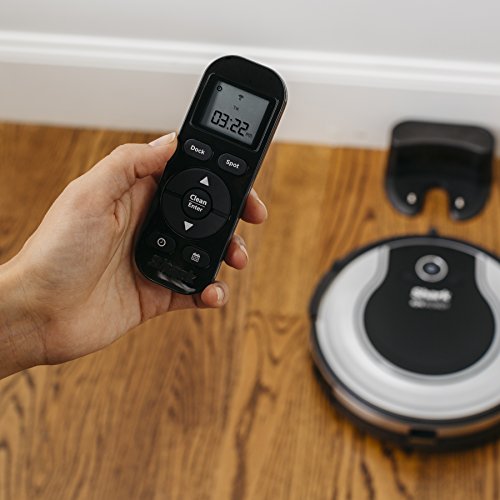
The Shark Robot 720 comes with a remote control. The remote control is an infrared remote much like the remote for your television or cable box. The controls are the same as the buttons on the top of the machine. You can use the remote to start, stop, pause or continue a cleaning, create routines and cycles and even make schedules.
The Shark Robot 750 does not use an infrared remote. Instead, it relies on wireless communication over your WiFi network You will download the free app and set up communications. Once done you will have the same remote functionality as with the infrared remote. The main difference being it is an app on your phone and will work from anywhere you have service.
You can also use your voice. You can connect the vacuum to an Amazon Alexa enabled devices such as the Echo or Dot. You can also connect it to Google Home. As of this writing, there are no other third-party applications, although IFTTT and SmartThings are possible candidates for future expansion.
Bottom Line: The Ion 750 wins. With mobile access and voice control, you have more options and easier access.
3. Floor Types
I want to quickly cover the types of flooring that these machines will and will not clean. It is rare that a robotic vacuum isn’t rated for all floor types, and this could break your purchasing choice.
Both the Ion Robot 720 and Ion Robot 750 are rated to clean all hard floor types. These include tile, laminate, vinyl, hardwood, softwood, and stone. It should be noted that with the stone if it is natural stone, unsealed or uneven you could cause damage to the brush bar.
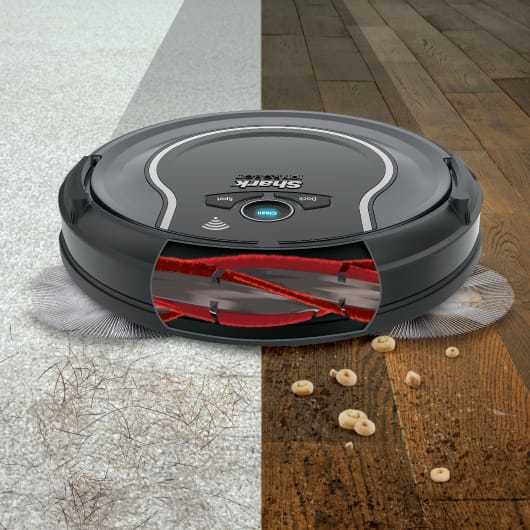
The lack of a full floor type rating comes in when talking about the carpet. The Ions are only rated for low-pile carpeting. Because of the extremely low clearance, it will get under almost all furniture and into all spaces, but any carpet pile medium or higher will get caught in the brush bar and put the units out of commission.
Bottom Line: This is a tie. Neither vacuum can handle anything more than low-pile carpeting.
4. Sensors and Filters
There are three sensor types on the units. You will find that there are bump sensors, drop sensors and dirt detection sensors. Both the Ion 720 and 750 use the same sensors.
The drop sensors do just as the name implies. Using infrared detection, they search for ledges, stairs and drops that are more than three-quarters of an inch high. This will prevent the vacuums from falling or getting high centered.
The bump sensors are physical sensors that detect when the robots come into contact with a solid object. They are fairly sensitive but not so much so that they will be affected by window dressings and low hanging bedding. When they are detected, the robots will change direction to avoid causing damage.
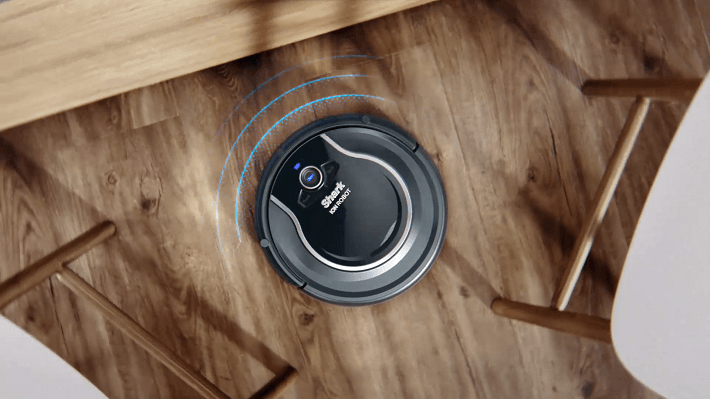
The dirt detection sensors are located on the bottom of the units near the drop sensors and react to the movement of dust and debris. These sensors let the vacuum know when the area is clean so the cycle can continue to the rest of the floor space. The robot may make several return trips to particularly heavy soiled areas.
The filtration is HEPA certified. This means that the filters will collect particles that measure down to 3 microns in size. This measurement is small enough to capture 99 percent of household allergens, from dust and mites to pet dander.
Having HEPA certified filters will help keep your home clear of anything that causes your indoor allergies.
Bottom Line: Another tie. Both vacuums have the same sensors and filtration.
5. Containment
Shark uses magnetic strips for containment. Each robot will come with a nine-foot roll of magnetic tape and two connectors Shark has called “BotBoundary.” You will need to measure and cut the tape and place it around or across the area you want the vacuum to avoid.
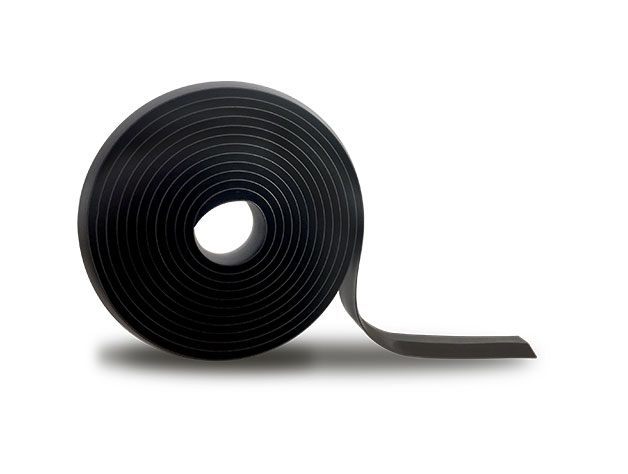
You will then connect the BotBoundary strip to the connectors. The magnetic field will prevent the robot from crossing over. You can place the tape across thresholds, around plants or pet food bowls or even certain sections of a particular room.
The downside to this method of containment is that it becomes tedious and you will eventually need to replace the tape. Constant cutting and shaping will wear out the tape or make it so that you need longer strips for different areas.
Bottom Line: Another tie round. Containment works, even when its magnetic strips.
Frequently Asked Questions
Here, I will answer the most common asked questions about the two machines so that you can go forward with your purchase fully prepared.
Q. Will it clean each room before moving to the next?
A. No. Unless you make use of the magnetic strips to contain it to a single room, it will not just stay put. There is an algorithm the vacuums use, along with the dirt detection sensors to effectively, yet sporadically clean the entire floor space.
Unlike some of the newer and higher-end models that use parallel cleaning lines, the Shark Ions will start in one room, move around for a while, leave to another room, return where the dirt detection sensors said more debris was, and continue this way until the entire floor has been covered.
Q. Will it pick up cereal or pet food?
A. It will, as long as the pieces aren’t too large or too wet. Larger chunks will not make it past the self-cleaning brush bar and into the collection bin. Liquid spills, puddles, wet pet food and the like will not be cleaned up. Instead, the brush bar will act more like a spatula and spread the mess around.
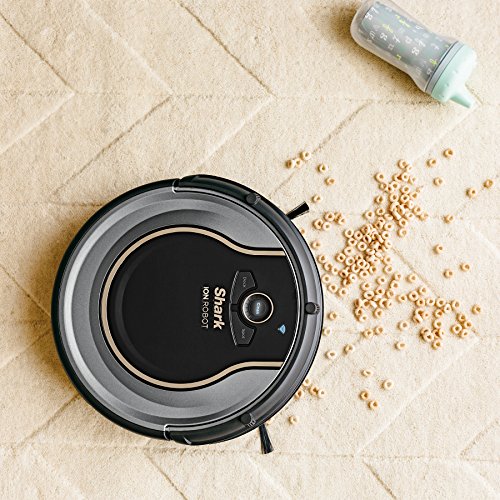
Q. How much floor space will it actually clean on a single charge?
A. This one is tough to answer with any real actuality. It will depend on the type of flooring, the amount of furniture and obstacles and the layout of the home.
In general, the Ion Robots move fairly quickly and will be able to cover an entire hard floor surface ranging between 1000 and 1500 square feet. If you add carpet to the measurements, you can cut that do to about 800 to 1000 square feet, again depending on the type of pile and amount of carpet.
Q. How often do I need to empty the collection bin?
A. Since there is no full bin indicator, you will need to check how full it is periodically. It is recommended by the manufacturer to empty it after every use.
While this may not be practical if may be required. If you have pets, heavily soiled carpets or track ion a lot of dirt, sand or debris, you will need to empty the bin after every cleaning cycle.
Likewise, if you do not have a lot of carpet or heavy traffic areas and a lack of shed pet hair to worry about, you may be able to go two or even three cycles before emptying the bin. This will take some trial and error on your part to figure out how much is being collected each time and if there is enough room for multiple cleaning cycles.
What I Like About the Shark Ion Robot 720
- Long battery life for longer cleaning cycles.
- Dual side brushes for fewer passes along baseboards.
- Automatically recharges when the battery gets low.
What I Like About the Shark Ion Robot 750
- Everything from the Ion 720 list above, Plus:
- Mobile app for wireless control.
- Voice commands for Amazon Alexa and Google Home
- WiFI connectivity for access from anywhere.
In Conclusion
If you are looking for a robotic vacuum that cleans well, is responsive and easily programmed, the Shark Ion Robot series might be the one you are looking for. Which one is the best option for you?
The choice is actually really simple: do you want to program through a remote control or a mobile app? The two machines are identical in every other aspect. They both have HEPA filtration, up to 70 minutes of battery runtime and can be scheduled for cleaning cycles days in advance.
The difference is that the Shark Ion Robot 720 does not have wireless capabilities and relies on a remote control. If you already have an Ion 720, it isn’t worth the cost to upgrade to the Ion 750.
However, if this will be your initial purchase, the mobile app and WiFi control is easier to use and more intuitive. Plus you have the added bonus of not having to look for the remote when you need to make a change to a schedule or setting.
It is for the wireless communications that I have chosen the Shark Ion Robot 750 as the winner in today’s battle.
